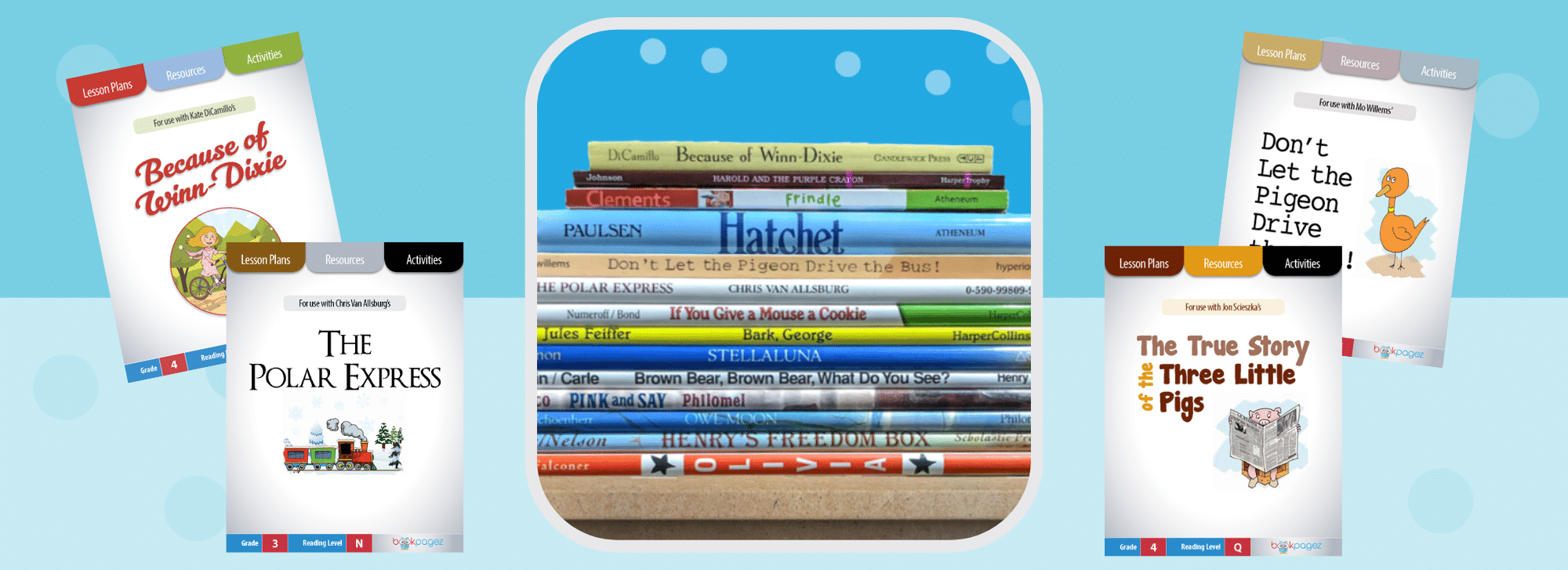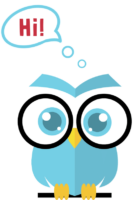The Brilliance of Teaching with Children's Books
Children's books can be used as a springboard for instruction across your entire Language Arts curriculum. Whether you need to teach comprehension skills, vocabulary, word study, or fluency, chances are, there's a book that will help you do it all!

You know the ones - they tote their fully customized teacher planner everywhere. They have every small group, every committee meeting, and every PD day perfectly penciled into color-coded boxes. They've mastered the art of planning.
Whether you are a master planner or prefer to take it one day at a time, chances are you begin each day with a carefully laid plan and the best of intentions. But that doesn't mean that it all gets done. Inevitably, the end of the day comes, you review your lesson plans and discover that you skipped your word work lessons for the third day in a row.
Sighing, you cross out a plan for the following day and pencil in the overdue word work lesson. You shake your head in frustration wondering how you will ever fit it all in.
Curriculum overwhelm is real.
Luckily there's a pretty easy solution for a school day that’s overcrowded with curriculum. All you have to do is turn your favorite children's books into super-powered instructional multi-tools!
Children's books can be used as a springboard for instruction across your entire Language Arts curriculum. Whether you need to teach comprehension skills, vocabulary, word study, or fluency, chances are, there's a book that will help you do it all!
The key to keeping sane amidst an overcrowded reading curriculum lies within the pages of an Anchor Text.
An Anchor Text, not to be confused with a mentor text (which can be used to support writing instruction), is a book that you repeatedly read with your students but have a different purpose for reading each time you read the text.
Through using an Anchor Text, students become very familiar with the characters, plot, etc. making it easier for them to study the text and to focus on the essential skills necessary to improve reading achievement. In this way, all learning and practice with new strategies become anchored to specific texts.
More Than Just a Way to Tackle Curriculum Overwhelm
Engaging Content:
Language Development:
Phonics and Phonemic Awareness:
Comprehension Skills:
Cultural and Social Relevance:
Try using children's books as Anchor Texts in your classroom by following this simple plan:
Begin by visiting the Resource Library to select a grade level appropriate book. Then use these Planning Pages to create a week's worth of super targeted reading instruction.
Day 1
Whole Group: Introduce the anchor text. Discuss new vocabulary and read the entire book during a read aloud. (Note: Select a book that can be used as a springboard to teach the comprehension strategy you will introduce on Day 2.)
Small Group: Use the Resource Library to differentiate your instruction. Filter the resources by Guided Reading Level to find other books that you can use to further explore the strategy that you will introduce during whole group instruction on Day 2. Then introduce those books to your small groups. Discuss new vocabulary and read the entire book.
Day 2
Whole Group: Use the anchor text to focus on a specific comprehension strategy.
Small Group: Use the Resource Library to differentiate your instruction. Filter the resources by Guided Reading Level to find other books that you can use to further explore the strategy that was introduced during whole group instruction.
Day 3
Whole Group: Practice writing about reading using a comprehension strategy prompt that links to the work you did on day 2. Try using the Comprehension Strategy Slips that are included in the Comprehension Strategy Lesson Plan packs.
Small Group: Use the Comprehension Strategy Slips that were included in the lesson plan packages for each of your small group books to provide readers with additional writing about reading practice.
Day 4
Whole Group: Use the the anchor text to practice a specific word study skill.
Day 5
Whole Group: Reread the entire book to promote fluency.
Small Group: Reread your small group books or focus on other instructional goals.


